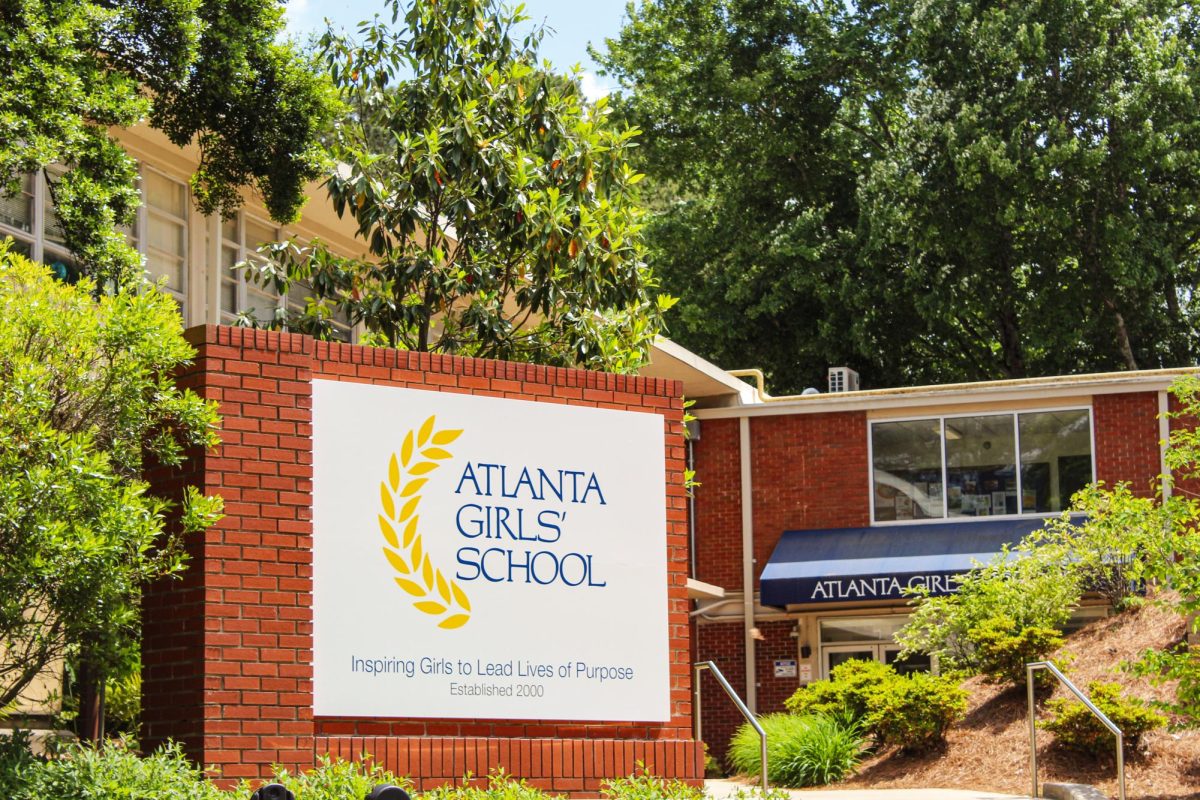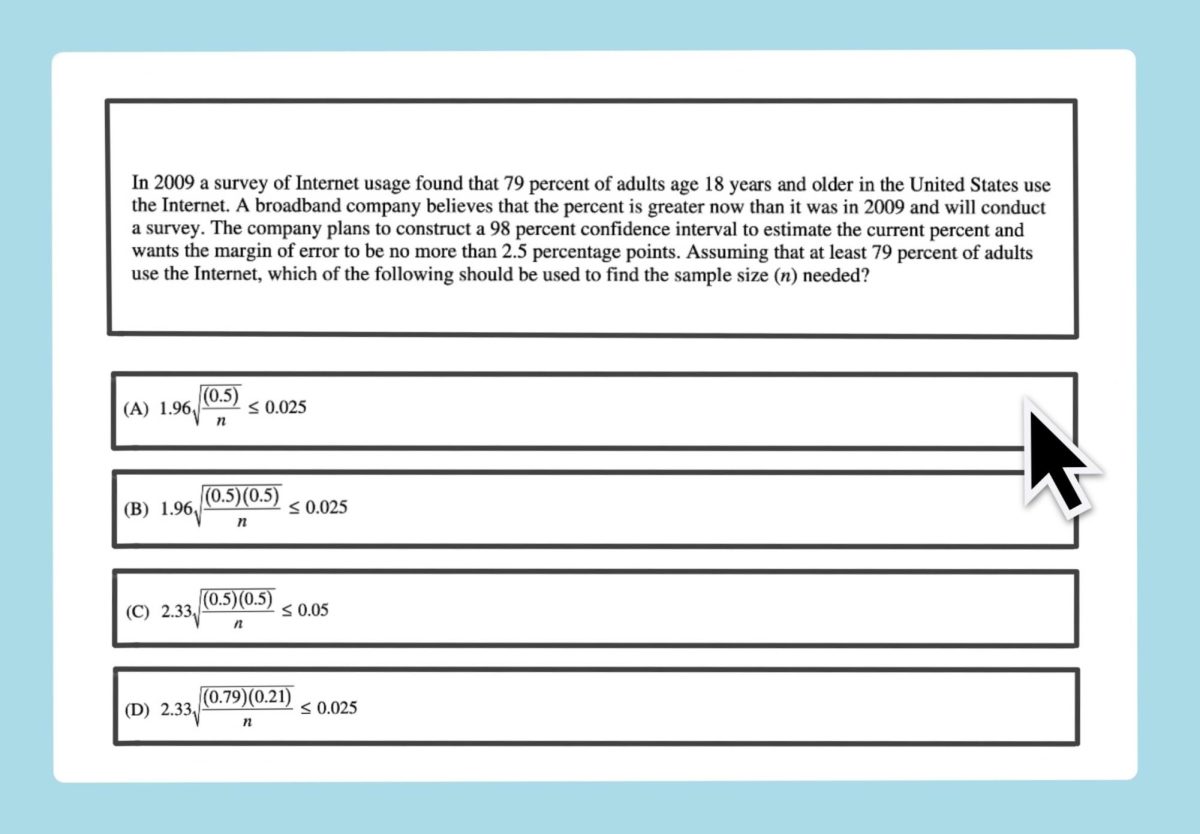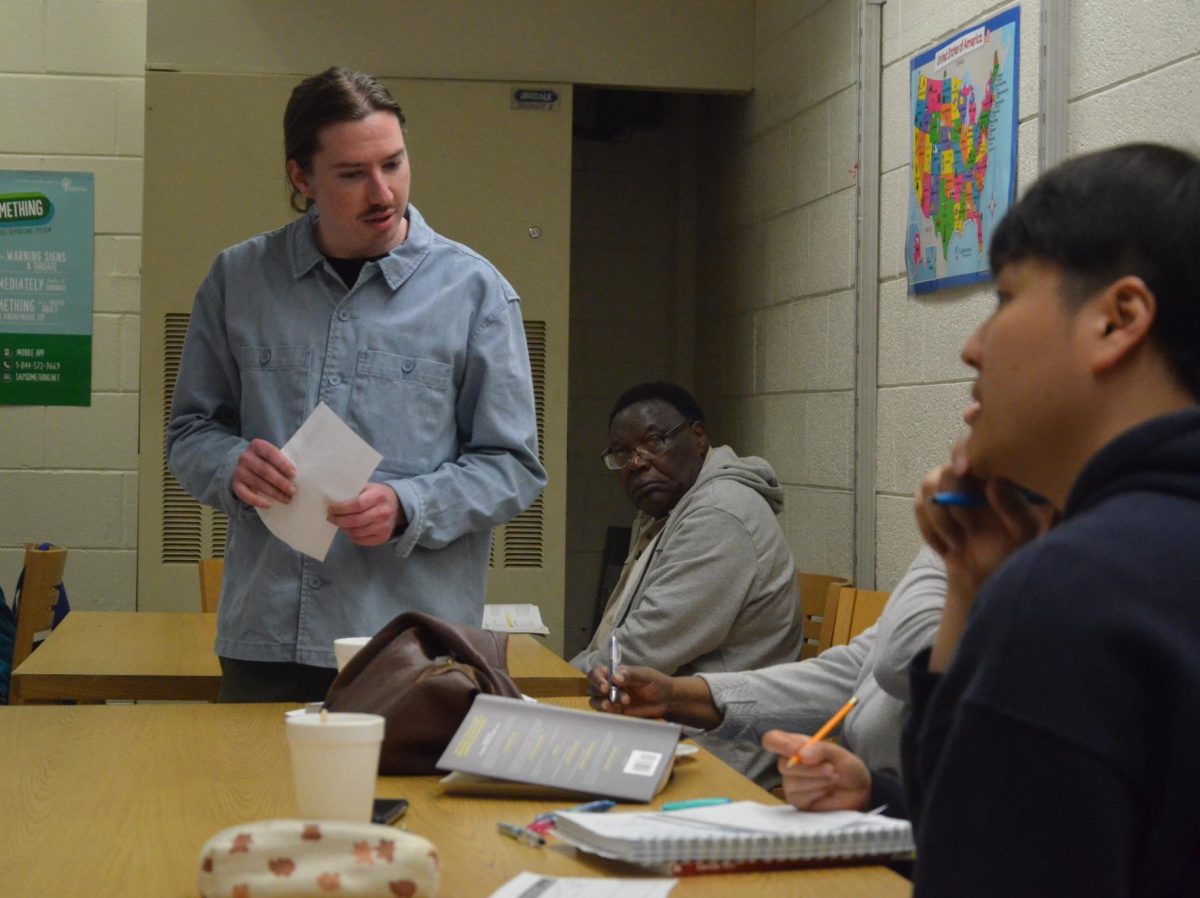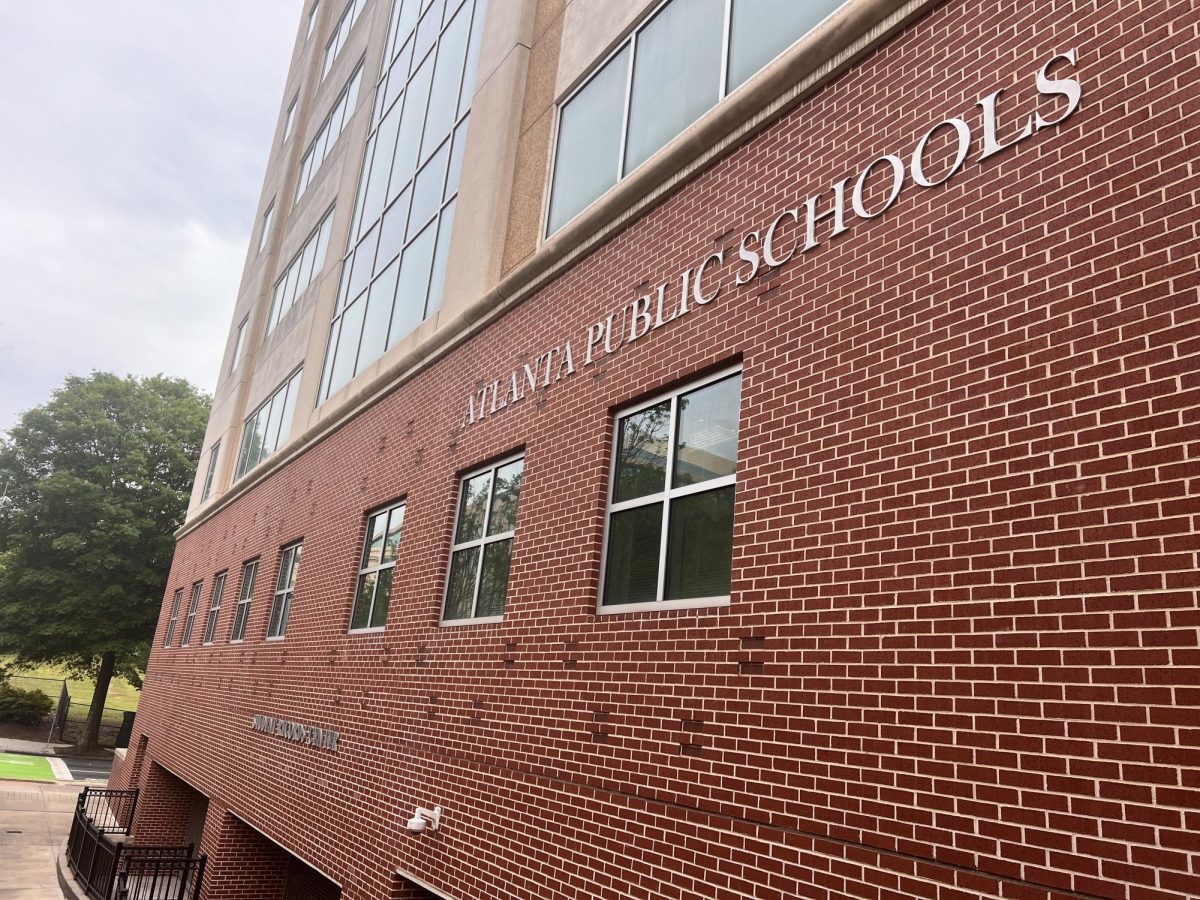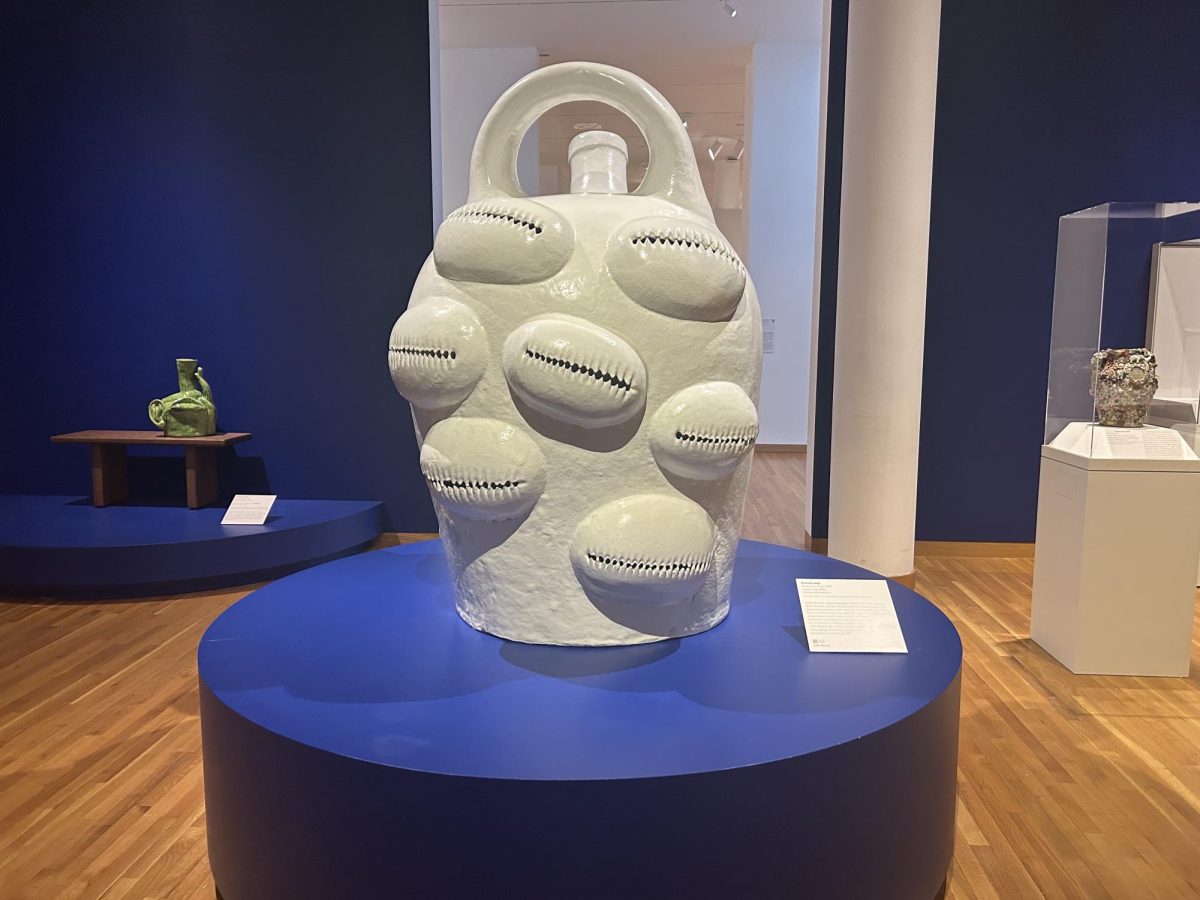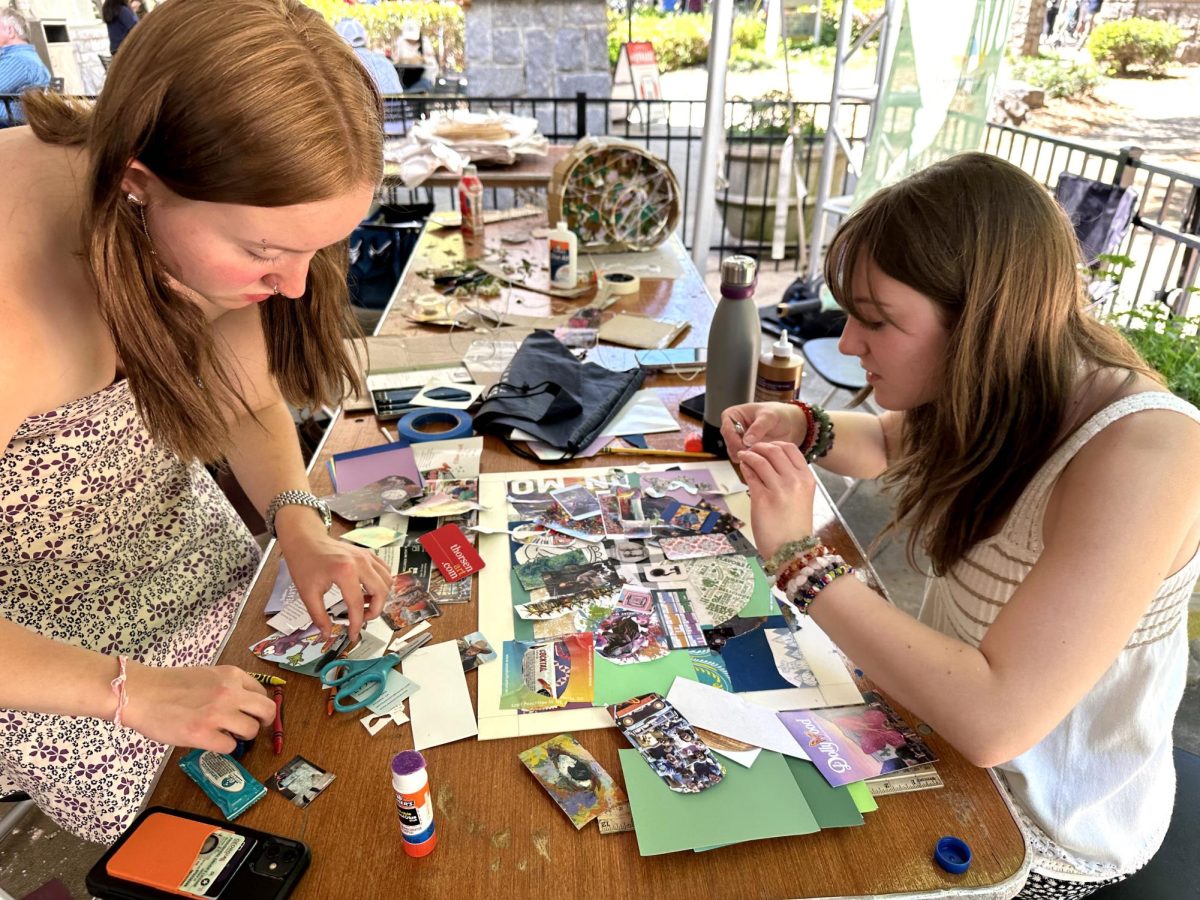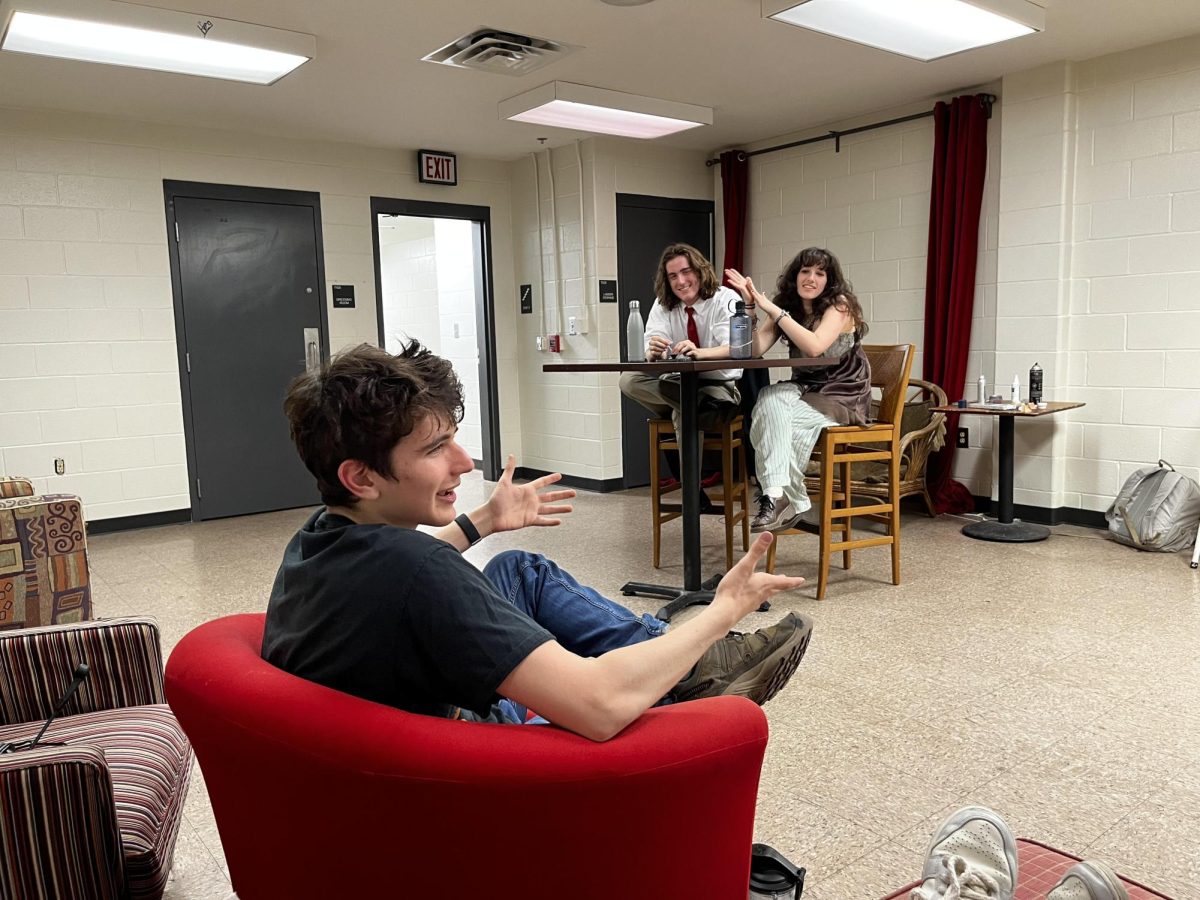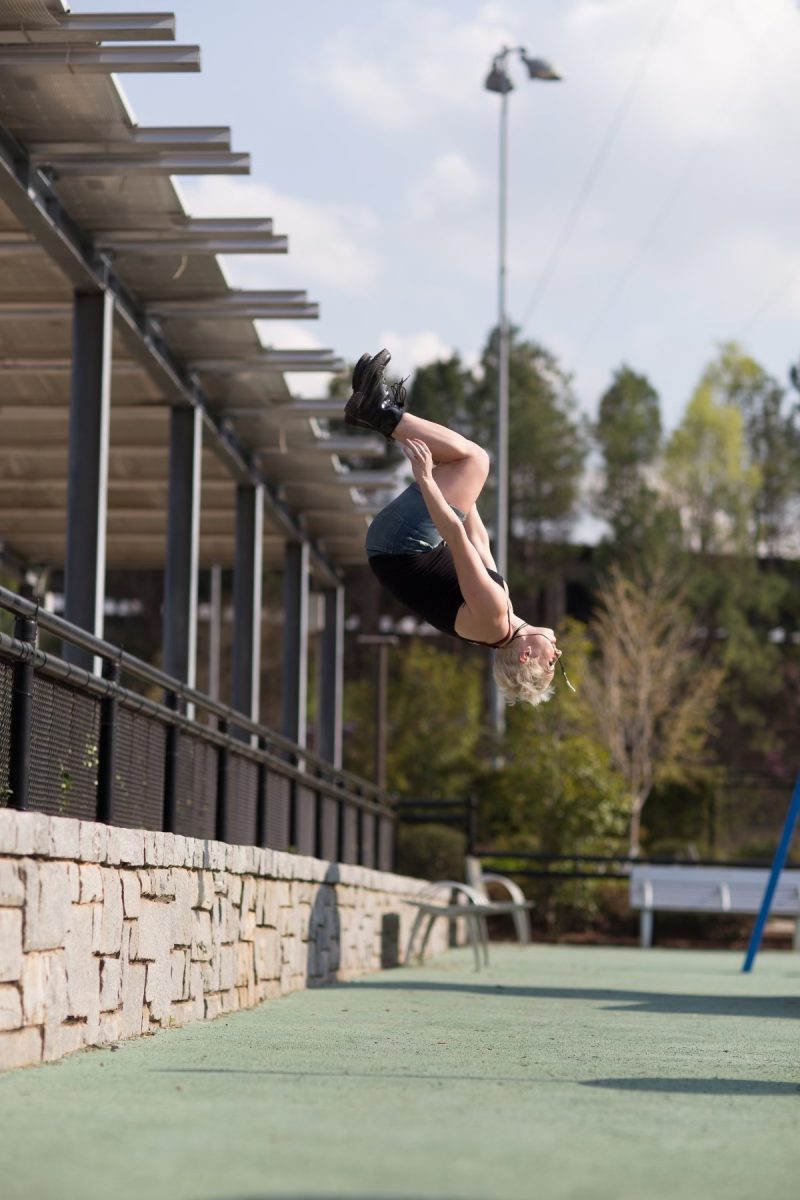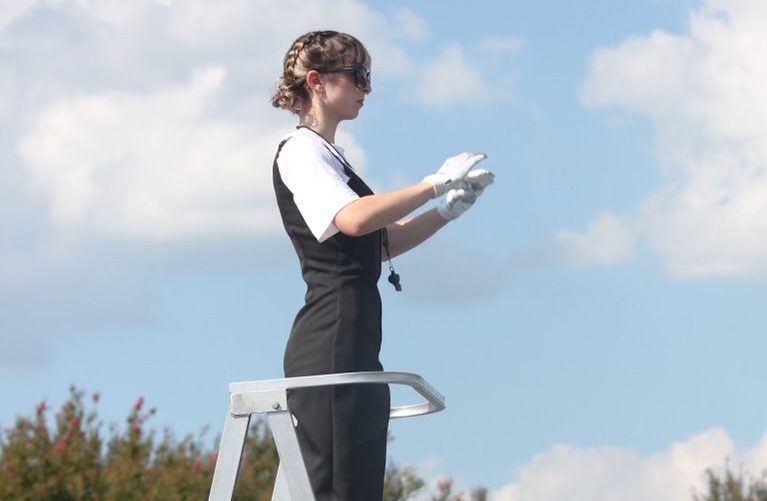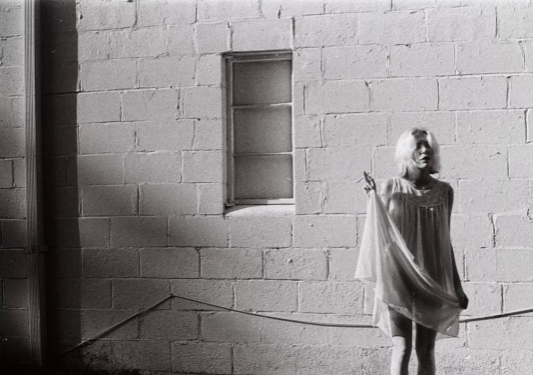BY GRACIE GRIFFITH AND REILLY BLUM

During more than 70 years as an artist, I-Hsiung Ju created a unique style of artwork that is both modern and traditionally Asian. The Millennium Gate Museum’s Chinese Master Artist I-Hsiung Ju showcases the only two ink brush paintings the artist completed in his lifetime, 1923-2012, the 72-foot “Ten Thousand Li of the Yangtze” and the 45-foot “Misty Clouds of Huangshan.”
Ju created both paintings using ink on Xuan Paper with silk. He composed his artwork using the four treasures of Chinese brush painting: the ink stick, the stone, the brush and the paper. After first grinding ink in order to center his spirit and then painting with delicate and refined brush strokes, he explored both the simplicity and grandeur of nature.
“Ten Thousand Li of Yangtze” depicts the variability of life through the diverse landscape of China and the country’s colorful, changing seasons. Ju’s scrolls show not only his physical journey through the countryside, but his spiritual travels as well.
Ju’s use of grayscale and reliance on shading in his “Misty Clouds of Huangshan,” creates a more serene image than his other epic painting.
When he was 17, Ju was captured by Japanese enemy forces during the Second Sino Japanese War. Luckily, Ju secretly communicated with a young Japanese guard. “Kanji,” a traditional form of writing that both Ju and the guard learned from their fathers, allowed the two men to understand each other.
After drawing Ju a map on the back of a cigarette paper and forcing him to swallow it, the guard released Ju. After he wandered empty-handed in the forest for two days without food, Ju found safety within a Buddhist monastery.
“In the second gallery, the almost entirely black and white paintings came from the time when [Ju] escaped his imprisonment and was hiding out in the mountains,” said Mac Schmitz, director of development at the Millennium Gate Museum.
Ju is famous for saying “A Chinese artist is not only a painter, but also a poet and a philosopher.” In the traditional Chinese style, he recorded his reflections of and time spent in the Huangshan Mountains in small poems, which he carefully inscribed on the upper right hand corner of each of his scrolls. The red seal stamped alongside the poems is known as the chop.
Ju’s calligraphy was so renowned for its beauty that other artists began sending him their paintings so he could inscribe their poems.
The exhibit also includes a “Georgia Collection,” which features some of Ju’s works that were collected by Georgians as well as images of Ju’s murals, including those he painted on the walls of former Atlanta mayor Ivan Allen Jr.’s family home.
Though Ju spent a significant amount of time in Georgia as an art lecturer at the University of Georgia, his paintings have an unfortunate past in the state. The first two scrolls of the Mountain Paths group of the “Mountains of Huangshan” series were stolen when they were en route to the Lyndon Art Center in Athens.
Despite the theft, Ju continued his tours of several other American universities, eventually becoming artist in residence and Professor of Art Emeritus at Washington & Lee University in Virginia.
Mike Kopald, an artist who paints in the traditional Chinese style, said he often refers to Ju as his “second father.” Kopald credits his fascination with Asian art to Ju.
“Professor Ju taught me how to paint,” Kopald said. “He gave me a career. But the most important things he taught me had nothing to do with painting, they were about life.”
Turner McGehee, former student of Ju’s and professor of art at Hastings College in Wisconsin, has similar sentiments.
“He is the person most responsible for forming my career,” McGehee said. “He was remarkably respectful of students, and he made me feel as though I was entering the most honorable profession on earth. He used to say that you get an education so you know how to live, not so you know how to make a living.”
Kopald said that Ju’s respect for his students helped him develop confidence at the start of his career.
“He always used to tell me, ‘Paint on good paper,’” Kopald said. “‘You never know, you might paint good paintings.’”
He said Ju considered his paintings performance art as well as visual pieces since physicality and motion lie at the core of Chinese artwork.
“He would say, ‘Don’t worry so much about the paintings, worry about the movements because the painting is a dance,’” Kopald said.
Carolyn M. Bloomer, Ph.D., faculty and cross-cultural perspectives curriculum coordinator of liberal arts at Ringling College of Art and Design, first met Ju when he taught a night class at the University of Connecticut. At the time, Bloomer was a high school art teacher and a practicing artist primarily familiar with Western-style art. Ju’s lessons sparked her interest in Chinese art.
“I was frustrated with Western concepts of fundamentals of art: line, shape and color,” Bloomer said.
When Ju taught Bloomer how to paint a bamboo leaf — by fleetingly allowing an inked brush to linger on paper, Bloomer’s perception of art changed. After this moment, she thought of painting as mark-making, not as an imitation of reality.
Bloomer said that Ju’s single-stroke bamboo leaf changed her life. Yet Bloomer is no anomaly — Ju touched the lives of countless students in his time as a teacher.
The Chinese commonly refer to students as peaches and plums.
“Professor Ju’s peaches and plums fill the whole world,” Bloomer said.
Chinese Master I-Hsiung Ju will end its run at 395 17th St NW, Atlanta, GA 30363 on Oct. 18.

